How virus-proof is your mask? Scientist tracks the growth of micro-organisms after coughing into a petri dish through different face coverings
Face coverings may be compulsory in more places now than ever — but how much protection do they really afford to people around you?
‘A face covering should help minimise the spread of micro-organisms (including the Covid-19 virus) by the wearer,’ says Val Edwards-Jones, an emeritus professor of medical microbiology at Manchester Metropolitan University.
‘During coughing, talking or sneezing, tiny droplets that may contain the virus are expelled from the mouth and will be absorbed into the mask fabric, rather than being transmitted to others.’
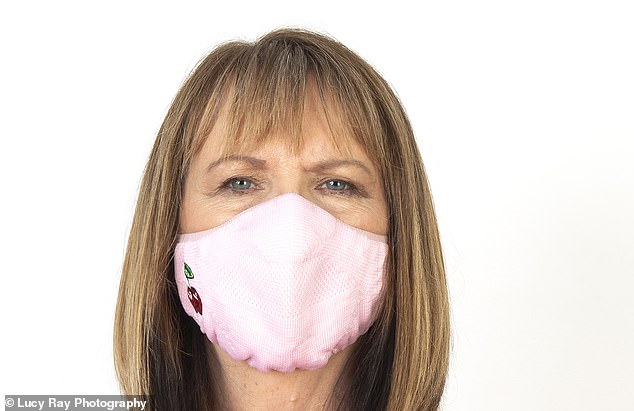
Face coverings may be compulsory in more places now than ever — but how much protection do they really afford to people around you? Professor Val Edwards-Jones is pictured above testing a mask
But which is the best design to choose? ‘The World Health Organisation (WHO) has advised wearing triple-layer face coverings,’ says Professor Edwards-Jones. ‘But not all masks conform to WHO recommendations.’
We asked Professor Edwards-Jones, who has developed her own range of masks (everycloudsp.com), to test various types, ranging from cheap, disposable ones to more fashionable versions, to see the extent to which they prevented droplets from getting into the air.
While wearing each mask, she coughed into a series of Petri dishes which were holding a medium in which bacteria can flourish.
‘While viruses can be up to 1,000 times smaller than bacteria, this gives us a good indication of how effective each mask might be at preventing transmission,’ she says.
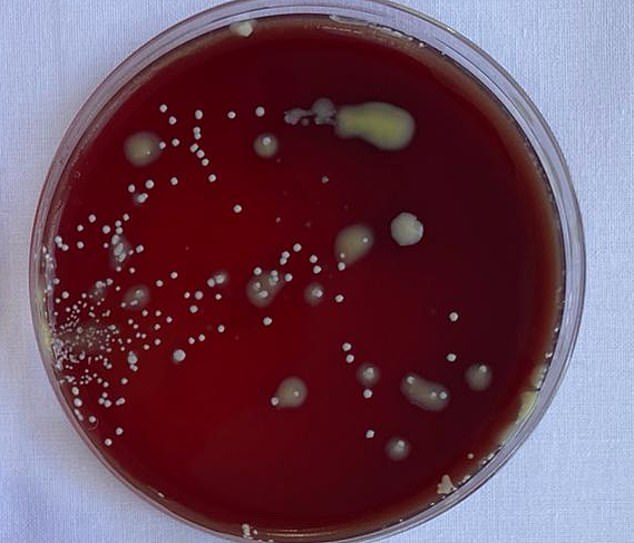
The petri dish coughed into without a mask. The dishes were incubated for 48 hours, then the number of ‘colonies’ — groups of bacteria — was counted
‘It is difficult to test how ‘virus-proof’ a mask is because viruses require a live host and can’t be cultured on a Petri dish. But we all have bacteria in our mouths.
When we cough, some escape. If one passes through a mask and lands on a Petri dish, it can grow, giving us an indication of how permeable that mask is.’
As a control, she placed a dish in front of her mouth and coughed on it three times, before repeating the process with different dishes for each mask.
The dishes were incubated for 48 hours, then the number of ‘colonies’ — groups of bacteria — was counted. The number of colonies on the dish coughed on without a mask was 65.
While all masks reduced the number of bacteria passed into the air, some blocked them fully while others allowed almost 80 per cent through.
So which masks were most effective?
NB: Apart from the KN95, none of the masks reviewed here claims to be medical-grade.
Breathable trainer fabric
Cherry mask, £21.09, notjustclothing.co.uk
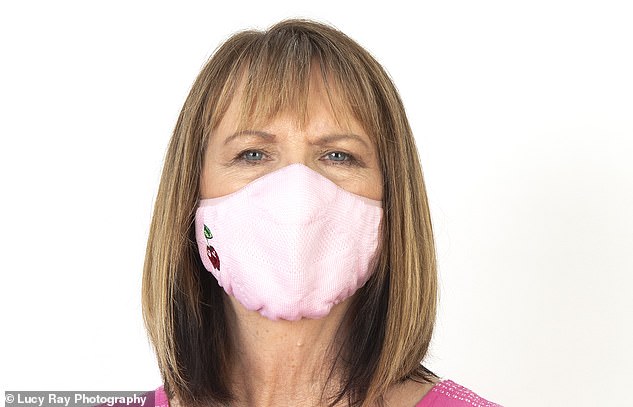
The maker likens this fabric to the breathable material used in trainers. The mask is comfy, but scores fairly low
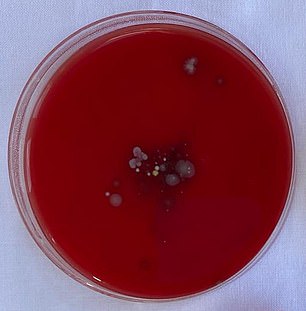
Made from Diolen, a breathable woven cloth.
Number of colonies: 28
Percentage blocked: 57
Verdict: The maker likens this fabric to the breathable material used in trainers. The mask is comfy, but scores fairly low.
And the care instructions say to wash at 40c, while general advice is that 60c is best.
Silver ions to foil germs
Elle Virobloc face mask, £25.99 for five, elle.co.uk
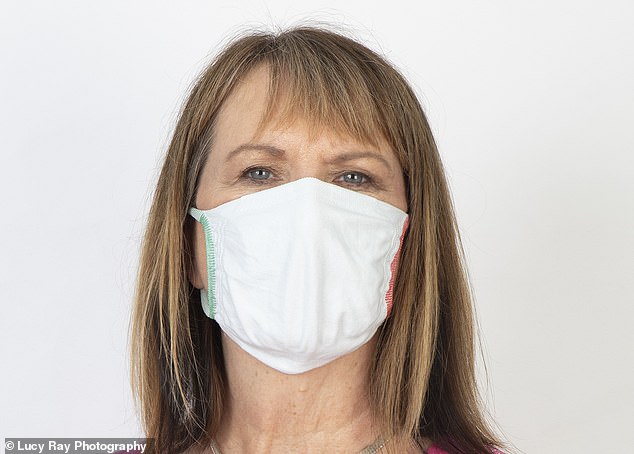
Comfortable to wear, it let through only 2 per cent of droplets, making it the second best fabric mask we tried, although it can only be washed at 40c
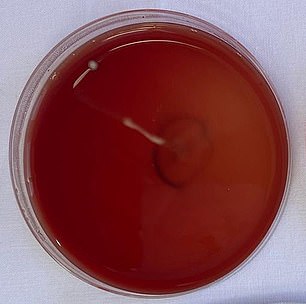
These are made with ‘HeiQ Viroblock technology’ which, the makers say, has been shown to be effective against Covid-19 in testing on face masks.
They also feature HeiQ Eco Dry Water Repellency, which is said to be effective against airborne droplets, and use an antimicrobial fibre that contains silver ions.
Number of colonies: 1
Percentage blocked: 98
Verdict: Comfortable to wear, it let through only 2 per cent of droplets, making it the second best fabric mask we tried, although it can only be washed at 40c.
Good…but it’s disposable
KN95 Mask, £2.99, chemist-4-u.com
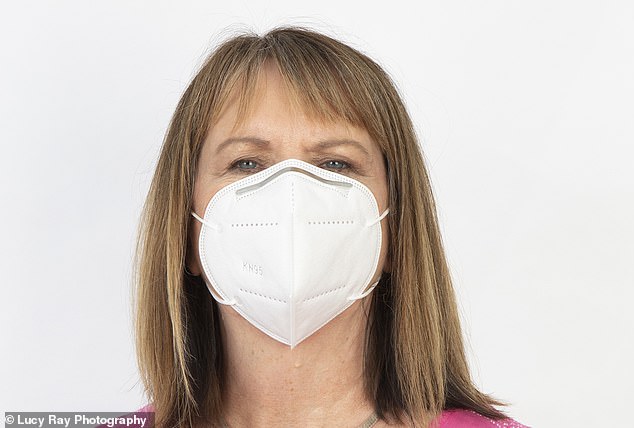
They are used in medical contexts but are also disposable. Of the two disposable masks we tried, this one performed better
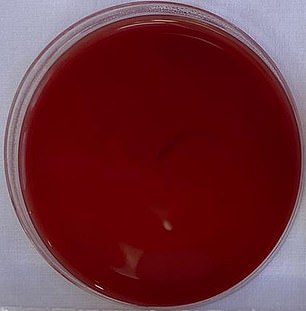
Designed to work with the contours of your face, these respirator coverings have five layers of fabric.
Number of colonies: 0
Percentage blocked: 100
Verdict: These are known in the UK as FFP2 masks (the KN95 label is the Chinese code for them). They are used in medical contexts but are also disposable.
Of the two disposable masks we tried, this one performed better.
Filtered yet flawed
Casetify reusable cloth mask, £10, casetify.com
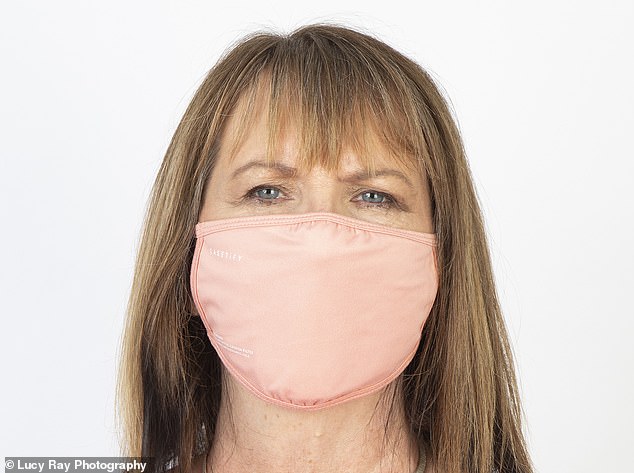
The five-layer filters are said to protect the wearer from pollen and pollution, but also claim to provide more protection for others if the wearer is infected
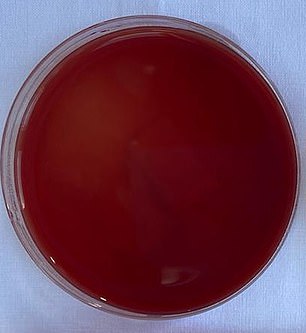
Reusable, washable cotton face mask with a pocket for a charcoal filter (also supplied).
Number of colonies: 2
Percentage blocked: 97
Verdict: The five-layer filters are said to protect the wearer from pollen and pollution, but also claim to provide more protection for others if the wearer is infected.
The maker recommends replacing filters after seven days — a pack of ten costs £8.
Also, the masks are hand-wash only, so can’t be washed at 60c — the temperature considered best to ensure they are sterilised.
Wash and go
Ally reusable face mask, £15, chooseally.com
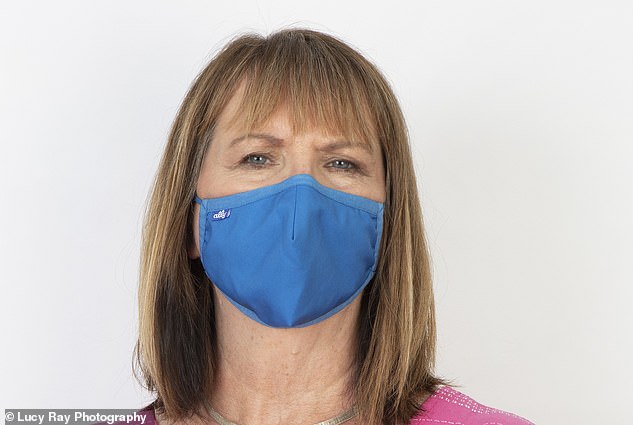
Four layers but it let through 20 per cent of droplets. To wash, soak at 60c to 80c for ten minutes, rinse and dry overnight
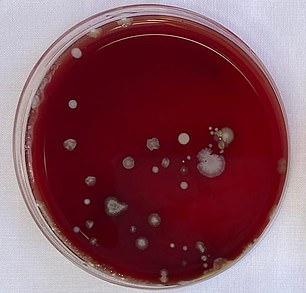
Washable up to 20 times.
Number of colonies: 13
Percentage blocked: 80
Verdict: Four layers but it let through 20 per cent of droplets.
To wash, soak at 60c to 80c for ten minutes, rinse and dry overnight.
A hole in the logic…
Durable neoprene respiratory mask with valve, £3.99, chemist-4-u.com
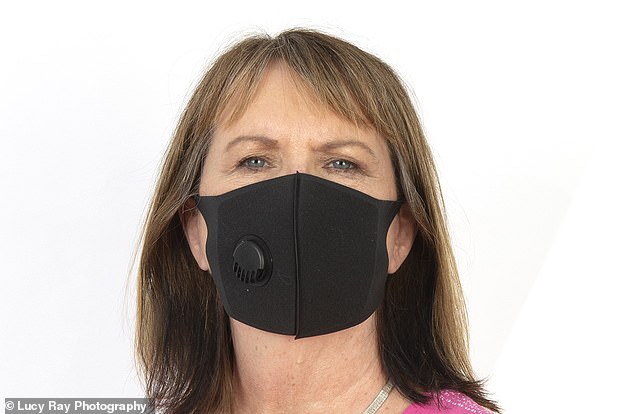
Those around you aren’t protected because your germs are breathed out through the valve hole. The second worst-performing mask in our tests
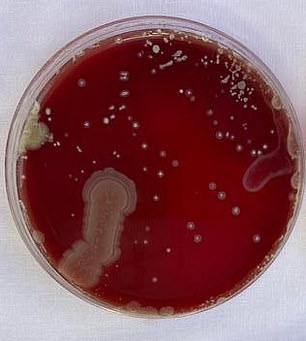
Washable and made from quick-drying, hypoallergenic fabric. Claimed to be effective against air pollution, pollen and bacteria.
Number of colonies: 30
Percentage blocked: 54
Verdict: Valve masks have become popular — even Rishi Sunak has one — but while they are great at blocking dust and pollution and keep your face less humid, those around you aren’t protected because your germs are breathed out through the valve hole.
The second worst-performing mask in our tests.
Cheap, comfy- but not perfect
Aldi disposable face covering, £5.79 for ten, aldi.co.uk
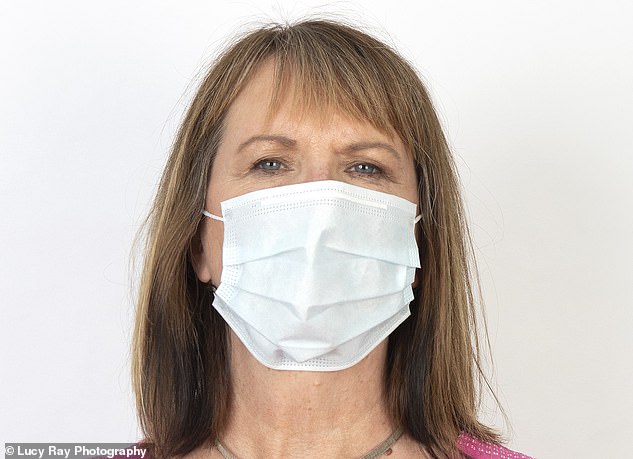
These are single-use masks which should be thrown away after one wear or if they get wet, as this can make them less effective
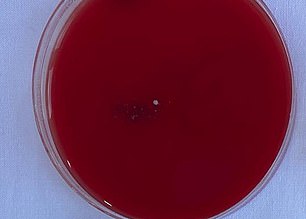
These three-ply masks have a comfortable ear loop and easily cover both mouth and nose when you are on the go.
Number of colonies: 10
Percentage blocked: 85
Verdict: These are single-use masks which should be thrown away after one wear or if they get wet, as this can make them less effective.
They are quite comfortable, but let through 15 per cent of bugs in our test.
Anti-bug finish really worked
Nudea face mask, £15, nudea.com
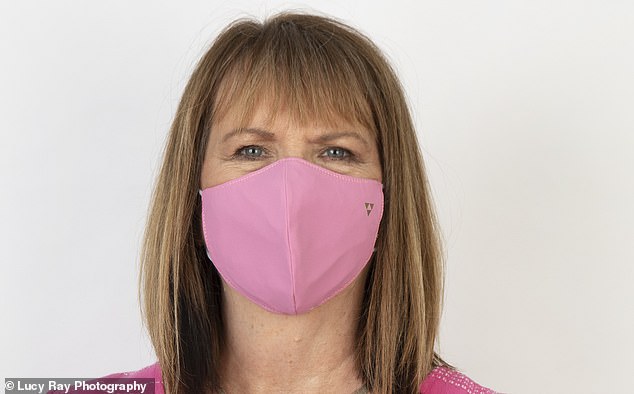
Comfortable to wear, even though it had a tendency to move a bit when I was speaking
Water resistant, washable, one size fits all (well, most — there’s also one for kids).
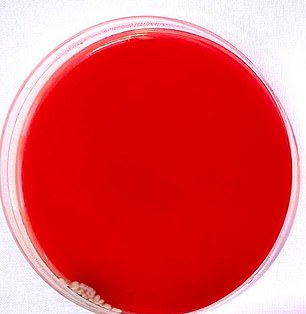
This has a naturally sourced antibacterial finish, which is claimed to inhibit microbial growth and reproduction.
Number of colonies: 0
Percentage blocked: 100
Verdict: Comfortable to wear, even though it had a tendency to move a bit when I was speaking.
This was, however, the best-performing of the reusable masks we tried, hands-down, blocking 100 per cent of bacteria from the Petri dish.
The only negative we found? The washing instructions don’t specify a temperature.
Homemade and total rubbish
Handmade jersey mask, free
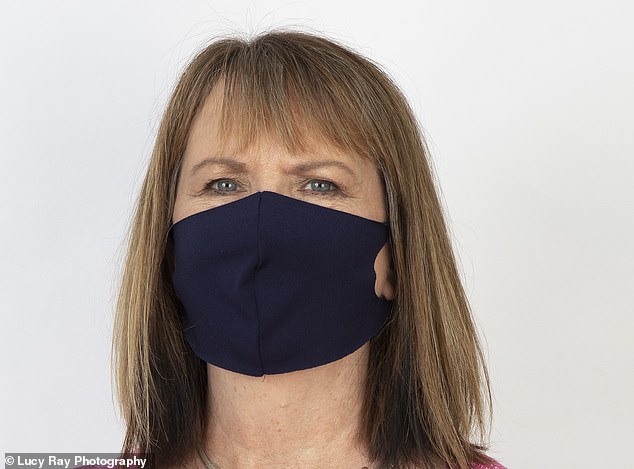
The single layer of fabric blocked only 22 per cent of the contaminants in the test cough from reaching the outside world
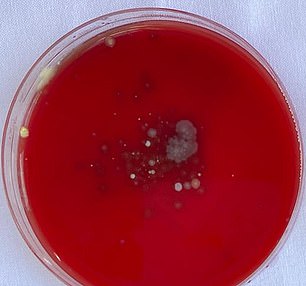
I made this mask myself out of an old jersey T-shirt. I cut two triangles of fabric and sewed them together, then cut circular holes for my ears.
Number of colonies: 58
Percentage blocked: 22
Verdict: The worst-performing mask of all the types we tried. The single layer of fabric blocked only 22 per cent of the contaminants in the test cough from reaching the outside world.
If you’re going to create your own mask, the World Health Organisation advises that you use a minimum of three layers of fabric.
